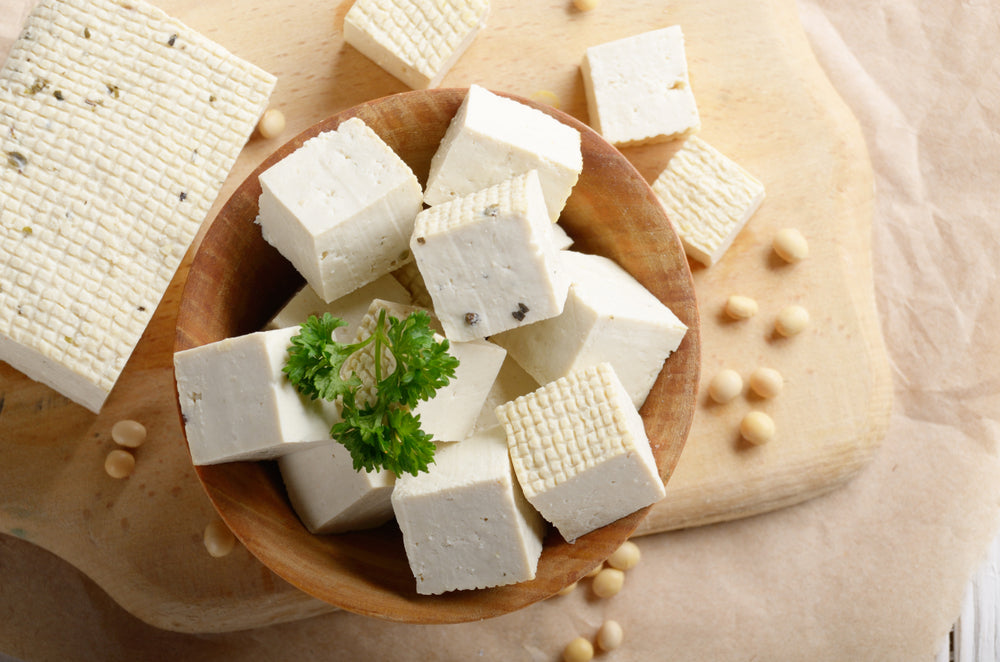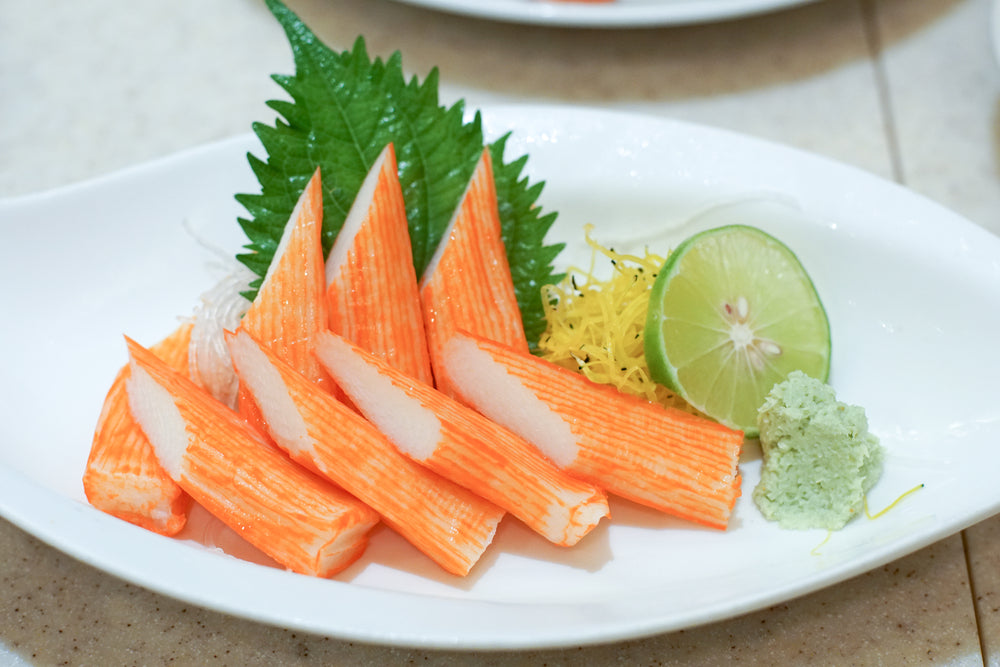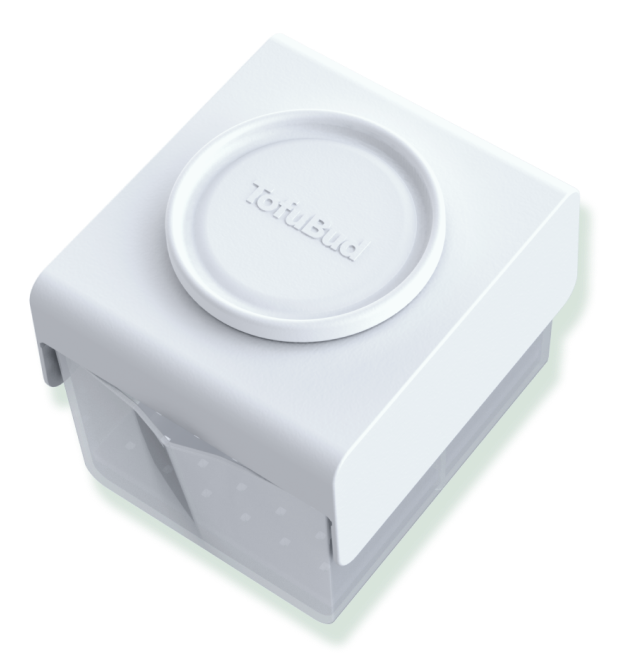We enjoy eating delicious food as a source of sustenance, entertainment, and comfort. But many of us can struggle to keep our portions in check, leading to mindless snacking and weight gain. Read below to learn how to control eating habits and quit the extra snacks between meals.
Most of us love to eat. Our genes are programmed to enjoy food as motivation to keep ourselves well-nourished, an important primitive function that helped our ancestors to survive.
While this function served an essential purpose at one point, it's no longer necessary as modern, North American farming practices make food readily available.
Food production is a substantial modern industry, and most food products today are highly-processed and designed by food chemists to be addictive.
Physically-addictive foods combine with our tendency to use food for emotional comfort, and it's no wonder we can't stop snacking all day.
It's not easy, but it's possible to change your snacking habits to help with overeating. Try some of our tips on not eating mindlessly and quit the constant snacking.
Is snacking bad?
Snacking isn't inherently wrong and can provide us with some necessary nutrients and calories to keep us satiated until our next meal. Eating a small, nutritious snack is better than letting yourself become ravenously hungry, which leads to overeating and poor food choices.
Contrary to popular belief, snacking isn't needed to keep blood sugar levels balanced throughout the day, so snacking is only beneficial if you're someone prone to becoming hungry often.
Mindless snacking is very different from snacking with a purpose, and these are the habits we want to stop. Mindless eating habits include:
- Eating out of boredom.
- Eating for emotional regulation and stress-reduction.
- Eating with a distracted brain that doesn't pay attention to the quantity of food you consume.
Mindless habits are the ones we want to rid ourselves of, while purposeful snacking practices can stay as a healthy eating tool.
#1: Drink some H2O
Sometimes we can mistake thirst cues for hunger cues, so if you're feeling hungry and not drinking much water, drink down a tall glass of hydration. Wait 10-15 minutes and see if your stomach still feels physically hungry before preparing yourself a snack. This keeps you only eating when hungry.
Even if you determine you're hungry and not thirsty, you'll eat fewer calories before you feel full, as the water helps to fill up your stomach.
Boredom snacking can be avoided with this method, too, as the act of getting up to get some water gives you things to do instead of eating.
#2: Turn off the TV
Distraction-less eating is one of the best tips to stop eating so much. Eating dinner while scrolling your phone or watching TV might seem appealing, but it diverts your attention away from the food you're eating.
How many of us snack on chips while watching a movie and accidentally eat the entire bag? Too many to count. Don't snack away on nuts or other morsels while you work - set aside at least 5 minutes to stop what you're doing and eat.
When you prepare a meal or eat a snack at home, sit at a table, and remove the screens and distractions, so you can focus on and fully enjoy the foods you're eating.
#3: Savor each bite
Mindful eating is a crucial practice to reduce stress and increase our feeling of connection to our body - plus, it's one of the best wellness tips and tricks to not overeating, and changing your relationship with food.
Mindfulness is the act of staying mentally in the moment to completely feel your presence in the world through your bodily senses. Much of our stress, anxiety, and problematic behaviors happen because we overwhelm ourselves by thinking about past and future stresses.
Many practice mindfulness through meditation, but it's unnecessary for this purpose (although you'll probably find it useful for other reasons!). Instead, sit down to eat a meal and pay close attention to the entire experience.
Listen to the sound your fork makes scooping up your food, consider how the food feels in your mouth, and savor the flavors of every bite. Notice the temperature of the food, and chew each bite appropriately.
It sounds pretty basic, and it is basic - mindful eating strips down our eating habits back to their natural base.
Mindful eating helps you to chew more slowly, giving your stomach time to send the nerve signals to your brain when it starts to become full. When you thoroughly enjoy the taste and experience of eating a meal, you will feel like you ate more and be more mentally satiated—both result in eating less food overall.
#4: Stock your pantry
When it comes to snacks, often, the 'out of sight, out of mind' approach is one of the best ways to stop eating mindlessly.
It's much more challenging to resist temptation than it is to wish you had nutrient-deficient junk food at any given time. The craving will fade much faster than the potential guilt you carry for tossing some tempting snacks into your mouth in a weak moment.
Avoid buying tempting snack foods and instead stock your pantry with plenty of healthy options - the convenience of having it right there and waiting will help you make healthier choices more regularly.
#5: Keep fruits and veggies washed and chopped
Building on our stocked pantry tip, one of our tips for not eating mindless snacks is to take your healthy snack preparation a step further.
Wash and chop a variety of fresh fruits and veggies. Keep them in a sealed container in the fridge so that healthy snacks are ready for you when hunger strikes at any moment.
Having these snacks ready can also help you assess your feelings - are you genuinely hungry or just bored? If chopped fruits and veggies don't appeal to you at all, you're likely not really hungry.
#6: Write it down
Sometimes we snack so mindlessly we don't even know how often it's happening.
Start a food journal and log every single food you eat each day. It's an eye-opening exercise that can clue you in on any mindless eating patterns, including the time of the day you're most susceptible to unhealthy snacking.
Once you have a good feel of your eating habits, create a plan to reduce any problematic behavior, and keep track of your progress.
#7: Get a new hobby
One of our best tips to not eating doesn't involve eating at all - it involves distraction! We often head to the fridge because we’re bored or experiencing negative feelings and in need of a distraction.
Instead of using food as a distraction, try out some new hobbies you're interested in to destress and stimulate yourself using more healthy outlets.
Try your hand at DIY, gardening, camping, rock-climbing, volunteering, yoga - there are endless possibilities that may very well build some new passion in you.
#8: Move your body daily
Exercising can help to promote a healthy weight as it strengthens muscles and burns calories. Working out will physically make you stronger, but it can be a significant mental motivation for healthy eating, too. Feeling confident in your strong body and abilities grows self-esteem, making us want to nourish it well.
#9: Up your protein and fiber intake
Whole foods are not only super nutritious and delicious, but they'll keep you satiated for longer than any processed food snacks.
Choose fresh fruits, vegetables, lean protein, and whole grains as often as possible. Protein and fiber take longer for your tummy to digest, which keeps you full and less likely to head to the fridge to pick another snack.
#10: Measure it out
Keep your food portions in check with the help of your hand, literally. Use the size of the parts of your hand as a guideline to measure out healthy portion sizes.
- Your fist is approximately a 1-cup serving of veggies, grains, or fruits;
- The tip of your thumb is a healthy fat serving, like oil, dressing, or peanut butter;
- Your whole thumb is a 1-oz serving of cheese;
- A flat palm is a 3-oz portion of meat, chicken, fish, or vegetarian protein;
- And a cupped hand can hold 1-2oz of healthy fats, like nuts and seeds.
Final Notes: What to do Instead of Eating Mindlessly
Use our mindless eating tips to not only combat your need for extra snacks but also to help you make nutritious choices when you legitimately need a snack.
Remember that not all snacking is mindless, and sometimes it's a necessary way to manage your hunger between your daily meals.
If you slip up and have a mindless snack, be patient with yourself; the goal here is to improve habits, not perfect them. Stand up and dust yourself off, then continue to employ these healthy habits - with a long-term commitment, you will begin to see your habits slowly transform.








Leave a comment (all fields required)